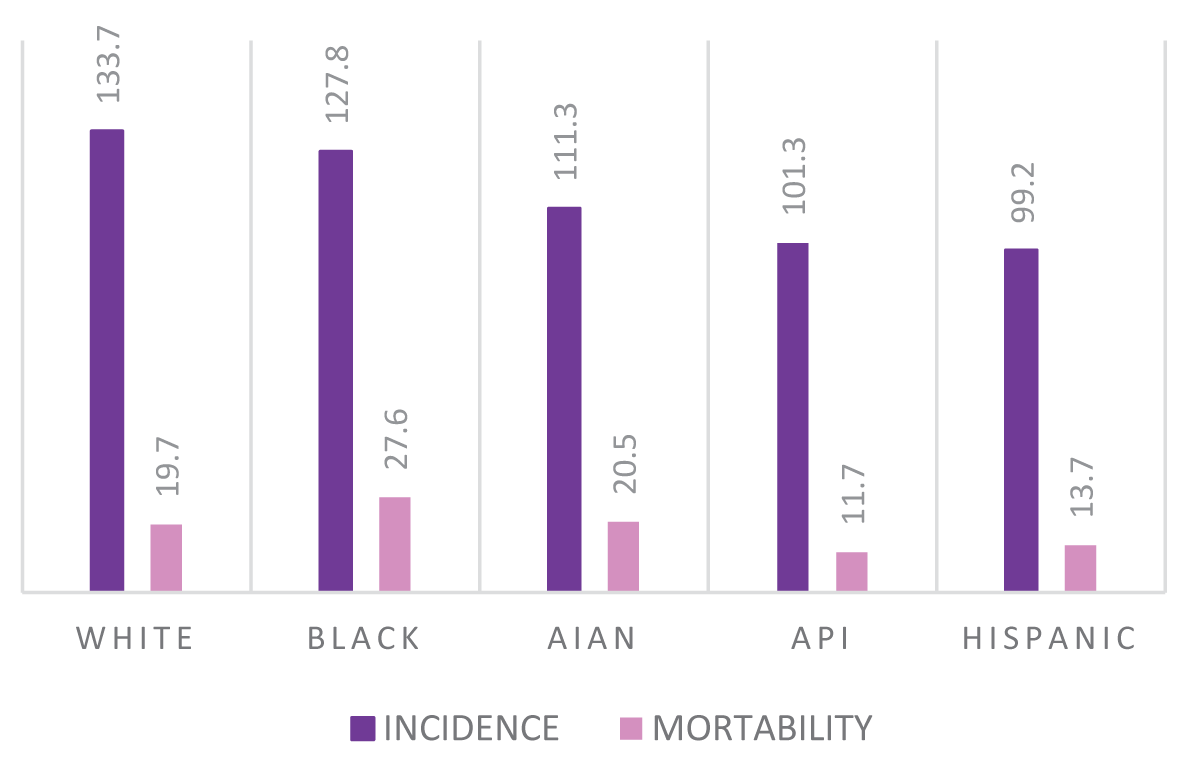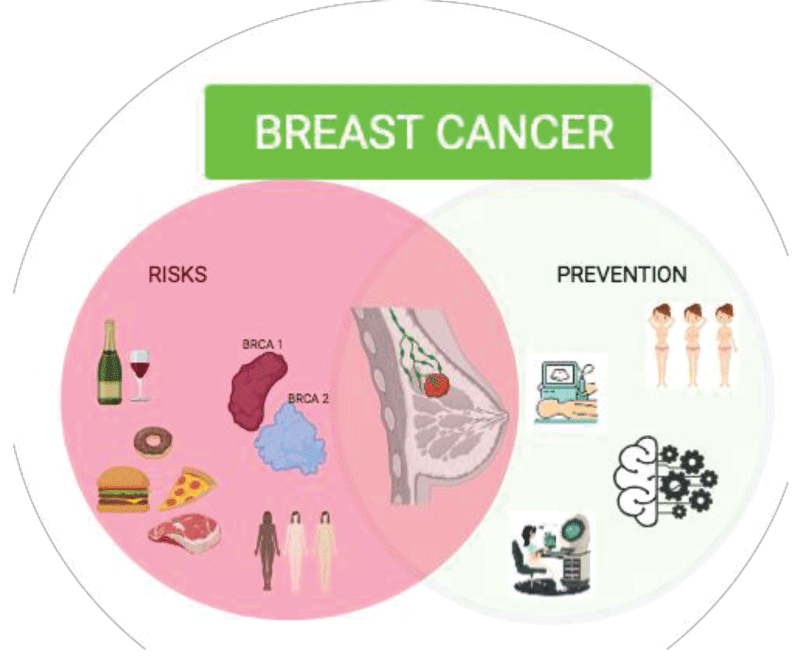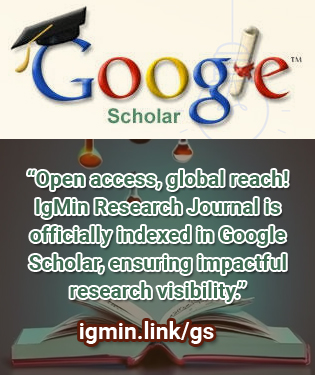要約
Breast cancer is the most common type of cancer in women worldwide. It can be spread when cancer cells get into the blood or lymph system and then are carried to other parts of the body. As it is one of the leading causes of death among women, this study aims to identify the most relevant risk factors for breast cancer through several prevention methods for early detection. The social impact of breast cancer is so strong that the World Health Organization (WHO) has established 19 October as International Breast Cancer Day. The pink ribbon is the symbol of this important day worldwide. The objective is precisely to raise awareness among the population about the disease and promote access to timely and effective diagnoses, checks, and treatments.
Good prevention should be carried out through behavior or lifestyle modifications (e.g., diet, physical activity, alcohol limitation, etc.). Although, certain risk factors cannot be modified (e.g., aging, family history). Screenings are a fundamental tool to deal with breast cancer, even if sometimes they are not enough as in the case of interval cancers or in cases of particularly ambiguous presentation. Worldwide organizations recommend screening by means of ultrasound, mammography, and magnetic resonance, with appropriate follow-up for an abnormal screening test. To avoid overdiagnosis and overtreatment that can lead to long-term complications and false negatives, these screening differs by recommended ages and frequency. Identification of women at risk for BRCA1 and BRCA2 mutations is also recommended with a referral for genetic testing and, in the presence of dubious lesions, a biopsy is needed. In order to fight this disease, is important to act on time, so, information is fundamental. First of all, the female population should be conscious of risk factors and of the importance of breast examinations from a young age, lastly, they should be aware of the possibility of joining programs of free screening.








